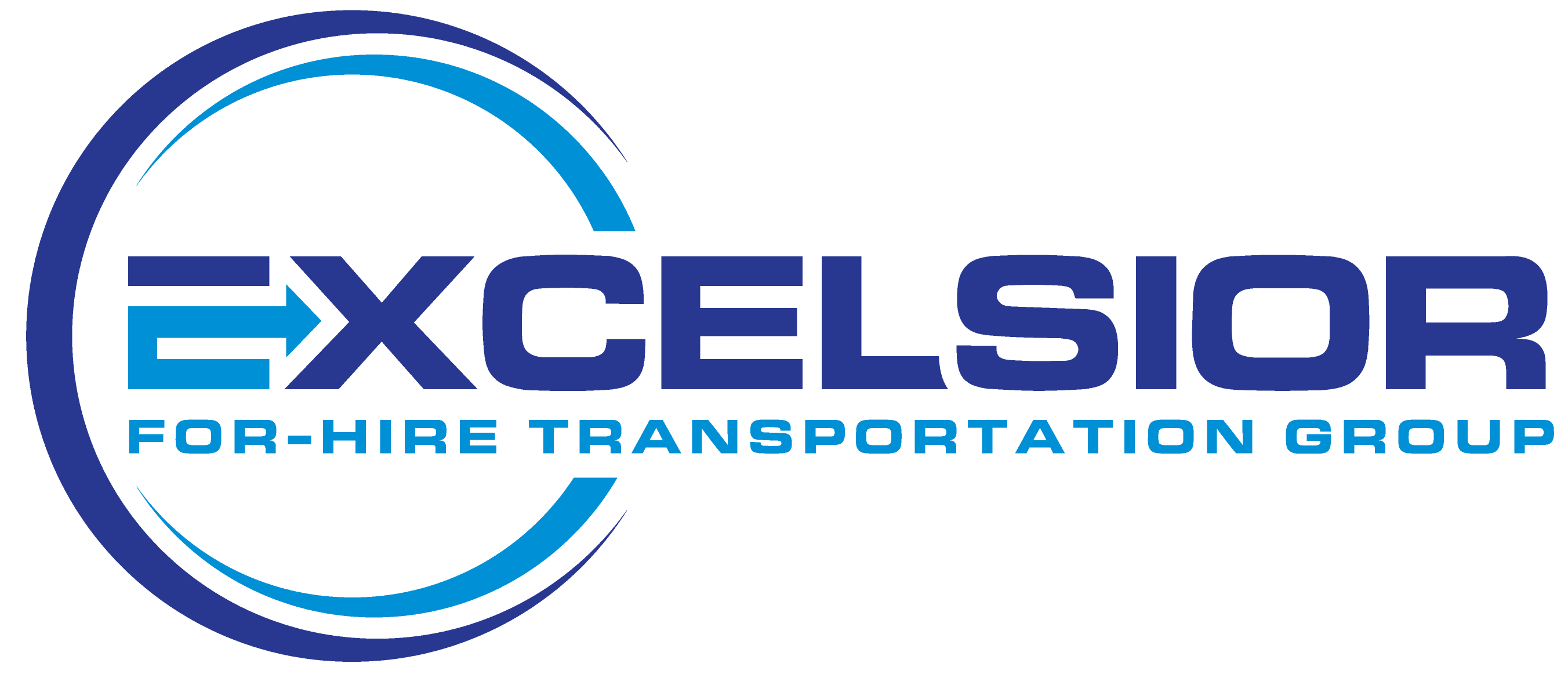Blog

Navigating the Path to Legal Immigration in the USA: A Comprehensive Guide
Aug 25, 2023 | 10.30 AM
Understanding Legal Immigration
Legal immigration is the process by which foreign nationals can move to the United States with the proper authorization and documentation. There are various immigration pathways, each designed to meet different needs and circumstances. Here are some of the most common routes:
The United States has long been a land of opportunity for individuals seeking a better life, education, and career prospects. Legal immigration to the USA is a complex but rewarding process. In this blog post, we will provide an overview of legal immigration options, procedures, and important considerations for those aspiring to become lawful residents or citizens of the United States.
Family-Based Immigration: U.S. citizens and legal permanent residents (green card holders) can sponsor certain family members for immigration. This includes spouses, children, parents, and siblings.
Employment-Based Immigration: Individuals with specific job skills, talents, or offers of employment in the United States may be eligible for employment-based visas. This category includes H-1B visas for skilled workers, L-1 visas for intracompany transferees, and EB-5 visas for investors.
Diversity Visa (DV) Lottery: The DV lottery program, also known as the Green Card Lottery, offers a limited number of immigrant visas each year to individuals from countries with historically low rates of immigration to the U.S.
Refugee and Asylee Status: People fleeing persecution or violence in their home countries may seek refuge or asylum in the United States.
Special Programs: There are various special immigration programs for individuals such as victims of human trafficking, crime victims (U visa), and certain individuals with temporary protected status.
The Immigration Process
The process of legal immigration to the USA can be summarized in these steps:
Determine Eligibility: Before applying for an immigrant visa, it’s crucial to determine which immigration category you qualify for based on your circumstances.
Petition: A U.S. citizen or permanent resident must file a petition on behalf of the immigrant applicant. The petition process varies depending on the immigration category.
Visa Processing: Once the petition is approved, the applicant may need to go through a visa processing at a U.S. embassy or consulate in their home country.
Adjustment of Status: For some individuals already in the U.S., the final step involves adjusting their status from a non-immigrant to an immigrant.
Naturalization: For those on the path to U.S. citizenship, there is a separate process for naturalization, which typically requires several years of lawful permanent residency (green card status).
Important Considerations
Immigration Laws: Immigration laws and regulations are subject to change. Stay informed about the latest updates to ensure you meet all requirements.
Consult an Immigration Attorney: Navigating the U.S. immigration system can be complex. Consulting an immigration attorney can provide valuable guidance and assistance.
Wait Times: Be prepared for potentially long wait times, especially in certain immigration categories with high demand.
Document Requirements: Keep meticulous records and ensure you have all required documents for your immigration application.
Language and Civic Knowledge: For those seeking U.S. citizenship, demonstrating proficiency in English and knowledge of U.S. history and government is a requirement.
Conclusion
Legal immigration to the USA is a significant life decision that can open up new opportunities and possibilities. Understanding the different pathways, complying with legal requirements, and seeking professional guidance when necessary are key steps to a successful immigration journey. America’s diverse culture and thriving economy continue to attract individuals from around the world, making legal immigration an important aspect of the nation’s history and future.



